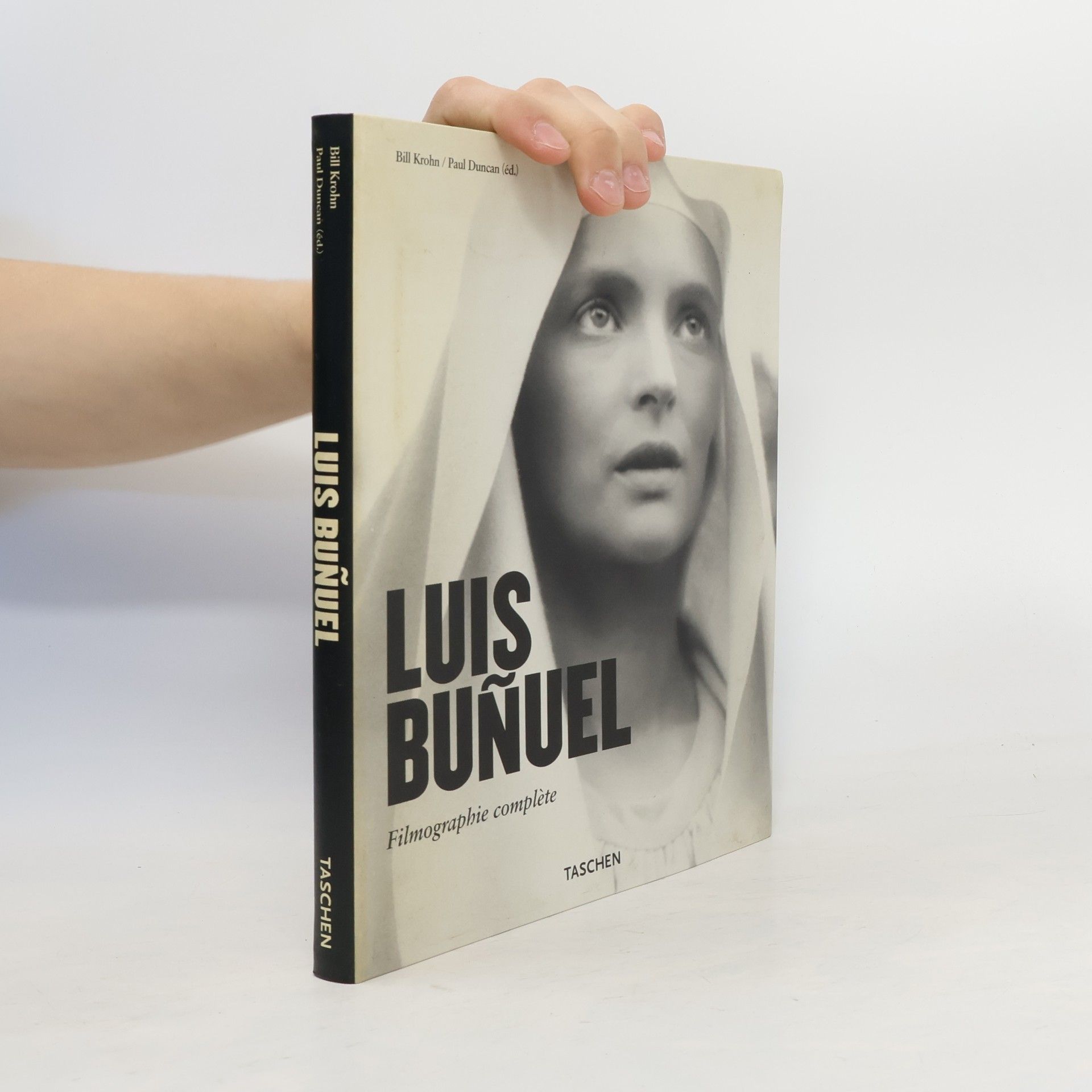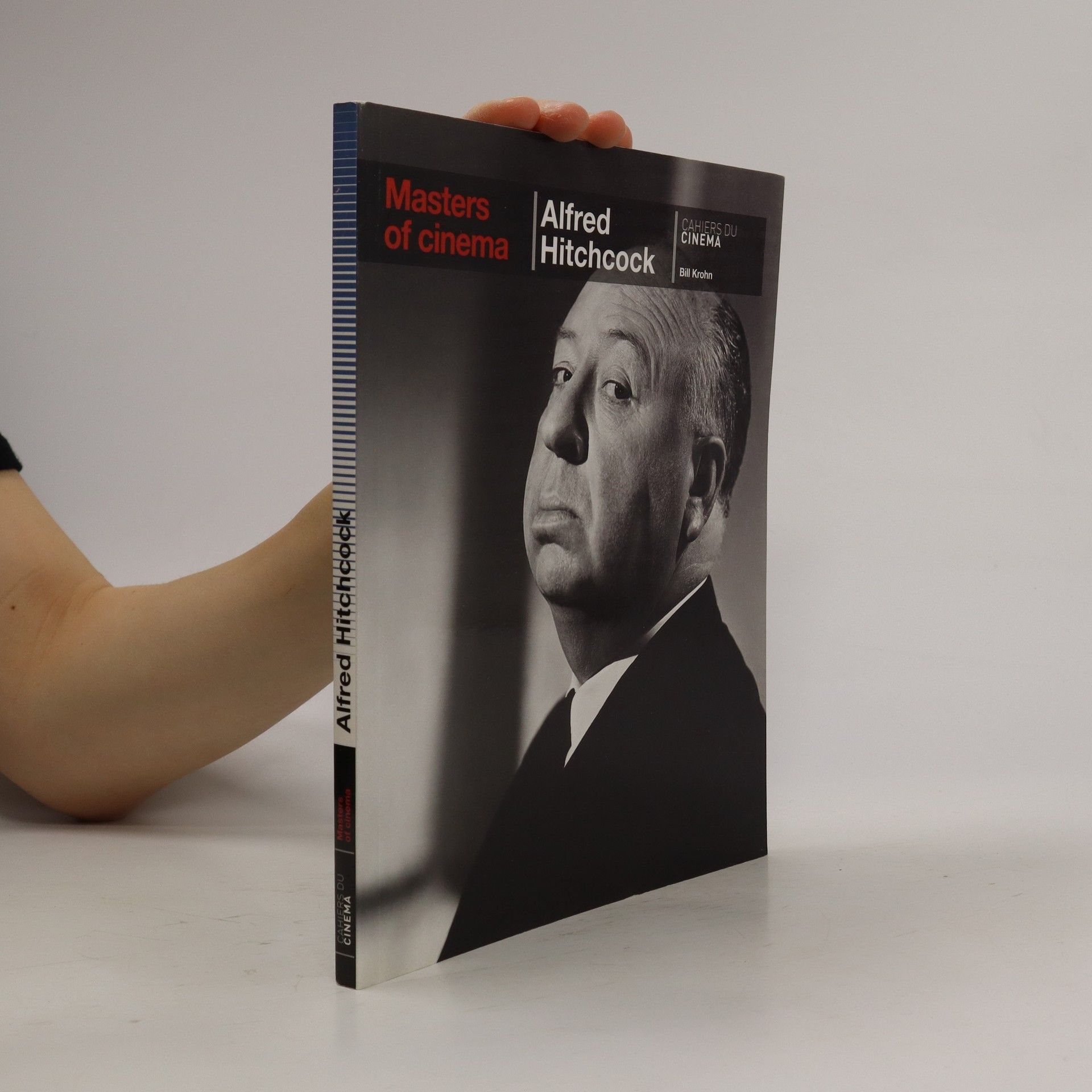Der Film ist eine vom Schicksal begünstigte Kunstform, denn er hatte das Glück, dass Orson Welles und Marcel Pagnol vom Theater abließen, Pasolini und Jean Cocteau von der Dichtkunst und Stanley Kubrick statt Schach zu spielen Filme machte. Ein ebensolches Glück war es, dass Luis Buñuel (1900-1983), einer der herausragenden Vertreter des Surrealismus, fünfzig Jahre lang mit ungebrochener Schaffenskraft und ohne seinen Prinzipien untreu zu werden Filme machte. Sein Film „Ein andalusischer Hund“ wurde 1929 bei der Premiere gefeiert; Buñuel trug sicherheitshalber Steine in den Taschen, um sich gegen das vielleicht aufgebrachte Publikum wehren zu können. Aber die Gästeliste garantierte den Erfolg: Picasso, Man Ray, André Breton, Le Corbusier, Aragon, Max Ernst, Magritte, Cocteau und Eluard. Buñuels Filme entstanden in Spanien, Hollywood, Mexiko und Frankreich; die einzigen Themen, die ihn interessierten, um Filme daraus zu machen, waren genau die drei Themen, die man in der guten Gesellschaft besser nicht diskutieren sollte: Sex, Religion und Politik. Einige der Filme: „Ein andalusischer Hund“ (1929), „Das goldene Zeitalter“ (1939), „Die Vergessenen“ (1950), „Abgründe der Leidenschaft“ (1954), „Viridiana“ (1961), „Tagebuch einer Kammerzofe“ (1964), „Belle de Jour - Schöne des Tages“ (1967), „Der diskrete Charme der Bourgeoisie“ (1972) und „Dieses obskure Objekt der Begierde“ (1972).
Bill Krohn Bücher






Masters of Cinema: Stanley Kubrick
- 102 Seiten
- 4 Lesestunden
Stanley Kubrick (USA, 1928-99) was a master who took the art of filmmaking further than any other contemporary director, a creative perfectionist whose work now fascinates new generations. He started out as a photographer before moving into film noir aged barely 25, after which the power and... číst celé
Hitchcock, Alfred
- 104 Seiten
- 4 Lesestunden
Alfred Hitchcock (UK, 1899-1980) is undeniably the world's most famous film director. His name has become synonymous with the cinema and each new generation takes the same pleasure in rediscovering his films, which are now treasures of our artistic heritage. Hitchcock started out in the British silent cinema of the 1920s, which reached its peak with successful thrillers such as The Man Who Knew Too Much (1934), Sabotage (1936) and The Lady Vanishes (1938). Recognized as a 'young genius', Hitchcock moved to Hollywood and set about reinventing cinematic tradition, combining the modern with the classic in films such as Vertigo (1957), North by Northwest (1959) and The Birds (1963). Hitchcock gave talented actors such as James Stewart and Cary Grant the change to play enduring anti-heroes and imprinted the public imagination with the myth of the 'blonde', as embodied by Grace Kelly, Kim Novak and Tippi Hedren.
Exploring a diverse range of Hollywood directors, this collection of engaging essays delves into their unique styles and the films that defined their careers. Each piece offers insightful analysis and commentary, highlighting the artistic contributions and cinematic legacies of these influential filmmakers. The essays collectively celebrate the impact of their work on the film industry and culture, making it a valuable resource for film enthusiasts and scholars alike.
Masters of Cinema: Alfred Hitchcock
- 103 Seiten
- 4 Lesestunden
Alfred Hitchcock (UK, 1899-1980) is undeniably theworld's most famous film director. His name hasbecome synonymous with the cinema, and eachnew generation takes the same pleasure in rediscoveringhis films, which are now treasures ofour artistic heritage. Hitchcock started out in theBritish silent cinema of the 1920s, which reachedits peak with succ
Retrace la carrière du cinéaste espagnol Luis Bunuel (1900-1983), réalisateur entre autres de "Belle de jour"et de "Le charme discret de la bourgeoise".